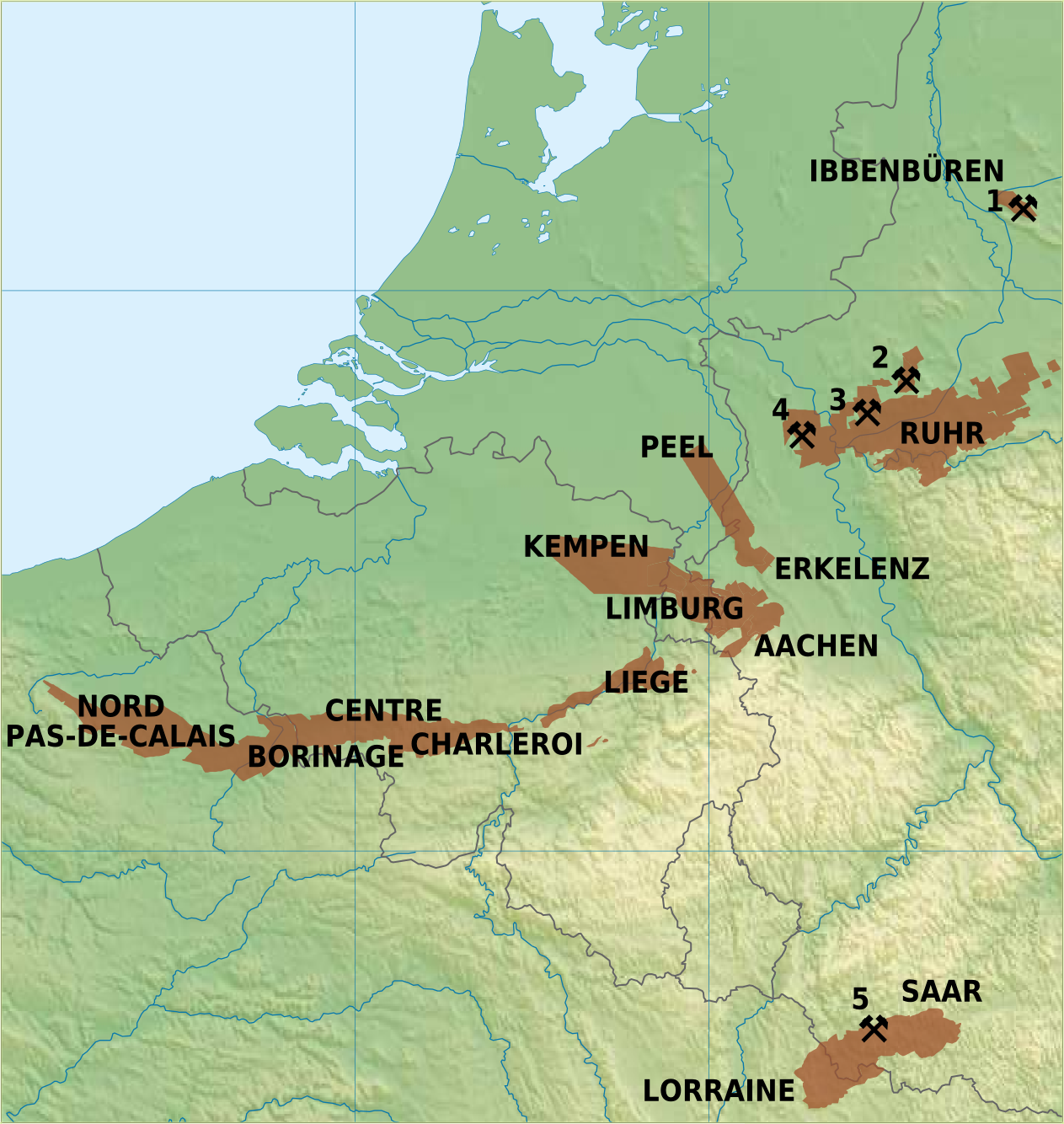|
Glossary Of Coal Mining Terminology
This is a partial glossary of coal mining terminology commonly used in the coalfields of the United Kingdom. Some words were in use throughout the coalfields, some are historic and some are local to the different British coalfields. A Adit :An adit is an underground level or tunnel to the surface for access or drainage purposes. Afterdamp :Afterdamp is a mixture of carbon monoxide and chokedamp which replaces atmospheric air after an explosion. Agent :The agent was the senior colliery manager: the term " viewer", "captain" or "steward" also appeared in older regional terminology. Where the mine owner provided the capital and sank the shafts, the agent organised the development of the colliery, determined mining methods, advised the owner on the mine's commercial management and labour policy, and in later years was generally a trained mining engineer. In the management hierarchy the agent was superior to the colliery manager and under-manager, who had day to day operationa ... [...More Info...] [...Related Items...] OR: [Wikipedia] [Google] [Baidu] |
Coalfield
A coalfield is an area of certain uniform characteristics where coal is mined. The criteria for determining the approximate boundary of a coalfield are geographical and cultural, in addition to geological. A coalfield often groups the seams of coal, railroad companies, cultural groups, and watersheds and other geographical considerations. At one time the coalfield designation was an important category in business and industrial discussions. The terminology declined into unimportance as the 20th century progressed, and was probably only referred to by a few small railroads and history buffs by the 1980s. Renewed interest in industrial heritage and coal mining history has brought the old names of the coalfields before a larger audience. Australia New South Wales *Gunnedah Basin coalfields *Hunter Valley coalfields *South Maitland coalfields *Sydney Basin coalfields Queensland *Bowen Basin coalfields *Galilee Basin coalfields *Surat Basin coalfields *Walloon coalfields Victoria ... [...More Info...] [...Related Items...] OR: [Wikipedia] [Google] [Baidu] |

